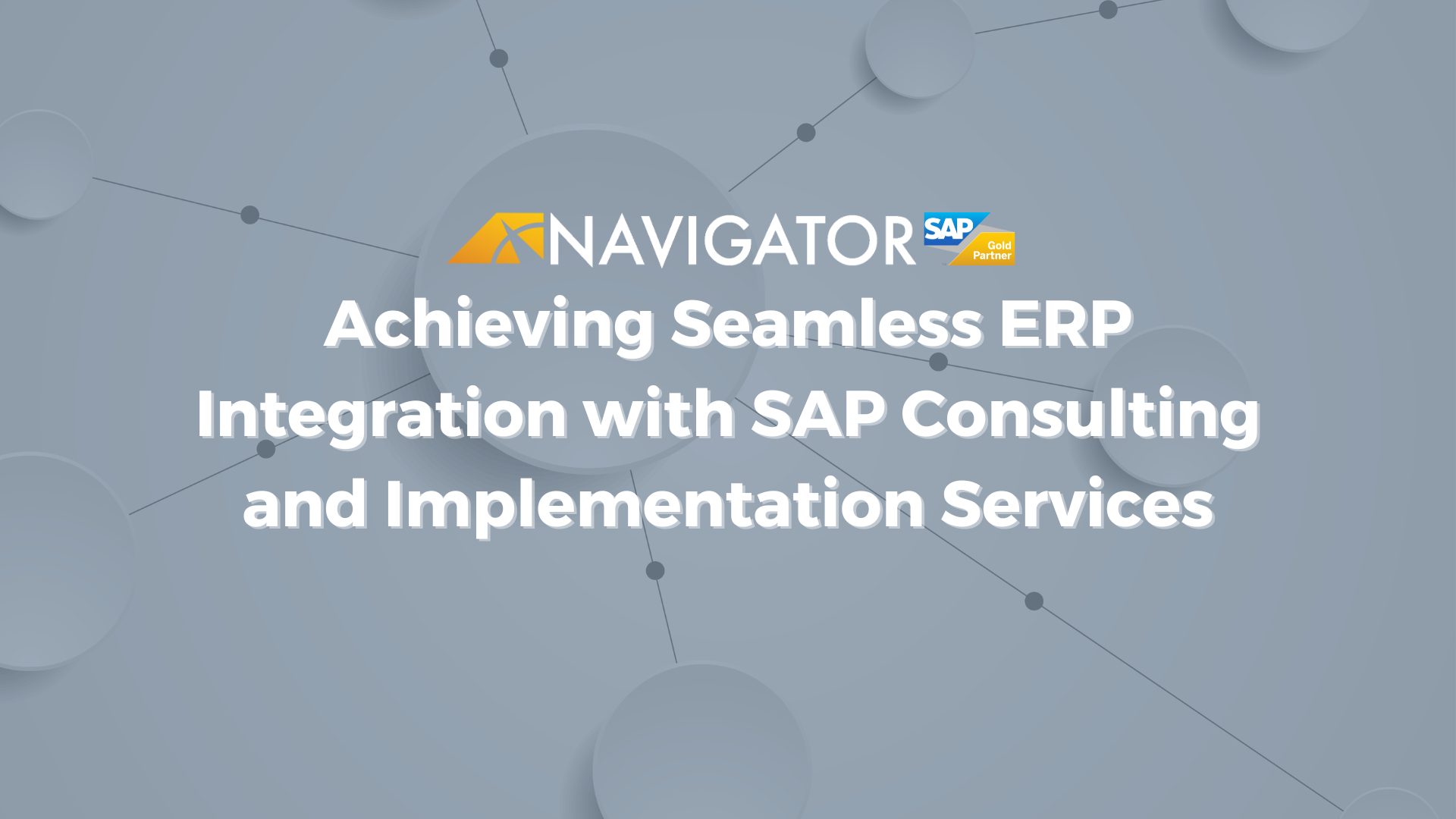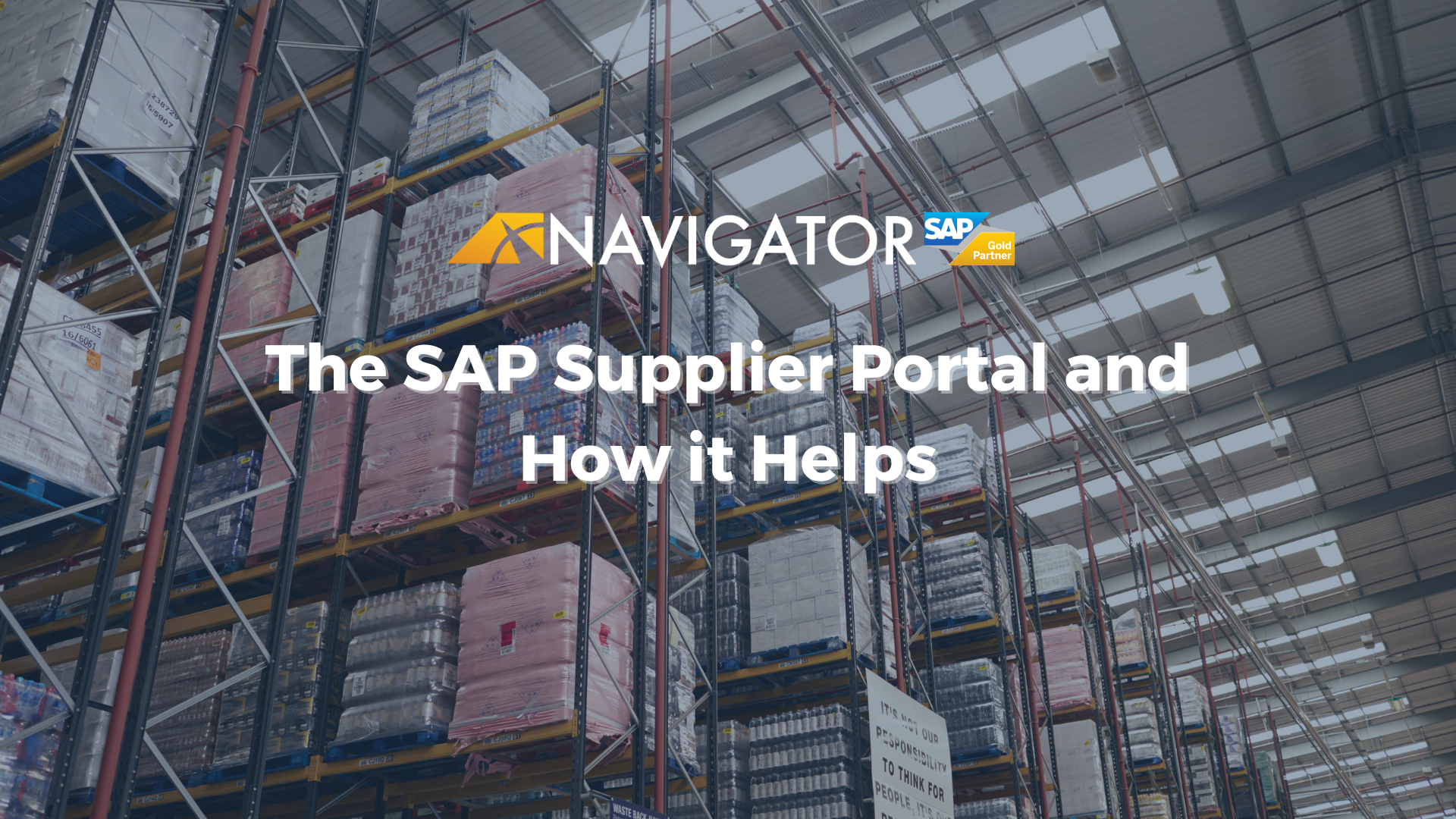Not all ERP integrations are created equal, which is where ERP optimization comes in.
The effectiveness of a given ERP system and its integrations heavily depends on how it was set up and deployed. Get it right, and you look like an efficiency hero. Get it wrong, and both you and the system look like a company albatross.
Often the distinction between a good ERP integration and a bad one is not clear cut. There are sometimes clear project failures, of course, but the great majority of ERP integrations work but not as well as they should. These integrations become a quiet drag on the business.
Optimizing your ERP is the process of improving an ERP system and its integrations so they perform smoothly.
ERP Optimization Helped Harry’s Keep Growing
When we met Harry’s, a subscription-based shaver blade company founded in 2012 by former Bain & Company consultant Andy Katz-Mayfield and Warby Parker co-founder Jeff Raider, the company was growing fast and had revenue of between $200 million and $500 million. But it also had poorly implemented ERP integrations that were holding the company back.
“I think as a small business grows, you're going to run into the need to put processes in place in order to be a little bit more efficient with how you do business,” says Christopher Beck, who was head of global IT for Harry’s at the time. “So that's where SAP Business ByDesign was certainly helpful. If you implement correctly, an ERP can free up your time from manual tasks so you can perform more value-added work.”
But Harry’s didn’t have its Business ByDesign ERP correctly implemented, and it was holding back the company.
“We told SAP that we needed somebody good or we're done with the product,” he says. “So they gave us Navigator.”
Harry’s engaged our Business ByDesign optimization services, and we optimized their ERP integrations so they could better handle the purchase of multiple brands on the same purchase order. Our ERP optimization also improved how they connected with their third-party logistics platform (3PL).
“That really helped,” says Beck. “A lot of the items that people were dissatisfied with weren't necessarily because of the product itself. It was how it was implemented.”
Read more about Harry’s ERP journey
The Steps for Optimizing an ERP Integration
The process we used for helping Harry’s with our SAP Business ByDesign optimization services are the same steps we use for optimizations with other ERP solutions such as SAP S/4HANA Cloud Public Edition. There are basically seven main steps in the optimization process.
Step 1: Assess the Effectiveness of Each Module
We start by looking at the effectiveness of the various ERP modules and integrations as it relates to the business environment and key business processes. Is the system and its integrations performing smoothly and in the most efficient manner for the company’s needs?
Step 2: Check for Best Practices
We look at how closely the ERP system and its integrations have been configured for best practices as it relates to the customer’s business environment. Often there are inefficiencies that come from needless bespoke processes and configurations, and best practices can help to drive full ERP efficiency.
Step 3: Understand User Challenges
Users are the ones who actually use an ERP system, so their challenges reveal areas where the system might not be performing optimally. So as part of our SAP Business ByDesign optimization services and general solution optimizations, we carefully review employee complaints and challenges with the current system and its integrations.
Step 4: Examine Reporting Capabilities
There are so many ways that an ERP and its centralized data repository can help a business, especially around visibility and analysis. So we look at current reporting capabilities and untapped opportunities for greater business intelligence that might come from the system.
Step 5: Look for Efficiencies Through Custom Development
One of the advantages of SAP products and the SAP Business Technology Platform is its modular approach that reduces the need for custom development. But each business is different, so we look for custom development that makes sense and can unlock additional integration efficiencies.
Step 6: Develop an ERP Optimization Plan
After reviewing the processes and situation around a particular ERP implementation, we document the challenges and opportunities for improvement and generate a report that includes our recommendations for improving the ERP system.
Step 7: Optimize the ERP System
With an ERP optimization plan in hand, businesses then can improve their system on their own or with our help.
Your ERP Integrations Can Perform Better
There can be a huge difference between an optimized ERP integration and one that works but leaves much to be desired. Not all integrations and ERP implementations are created equal.
So if you suspect that your ERP system could be performing better, learn more about our ERP optimization services, including our Business ByDesign optimization services. You also can talk with one of our experienced consultants by calling (801) 642-0123 or writing us at info@nbs-us.com.


%20Solution.png)

